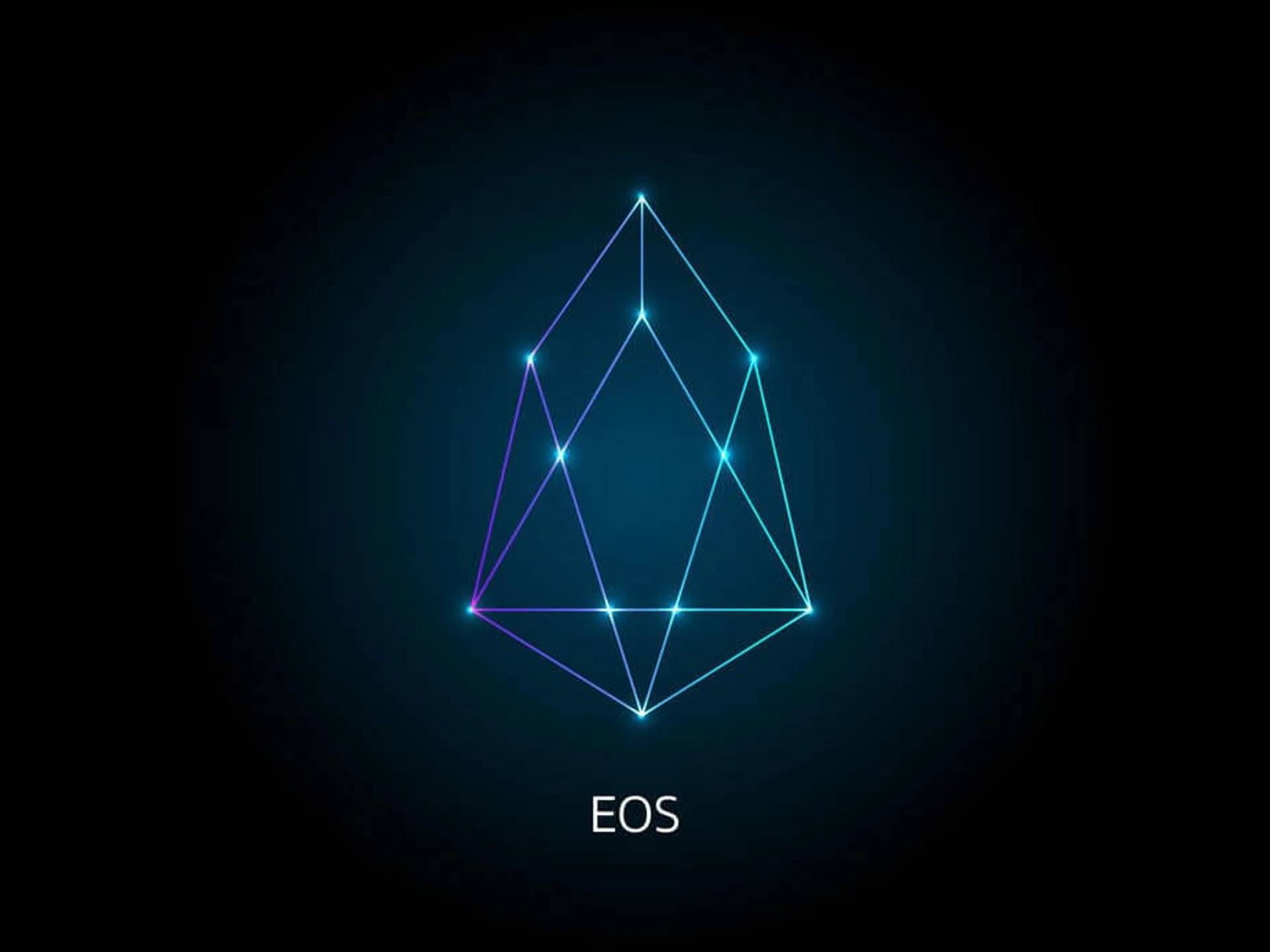위키 구독하기
Share wiki
Bookmark
EOS
EOS
EOS는 EOSIO 기반의 암호화폐 토큰으로, 탈중앙화 애플리케이션과 탈중앙화 자율 기업의 배포를 위한 스마트 계약 플랫폼으로 작동하는 블록체인입니다. [1]
역사
2017년에 발표된 백서[7]를 기반으로, EOSIO 플랫폼은 민간 기업인 Block.one[6]에 의해 개발되었으며 2018년 6월 1일에 오픈소스 소프트웨어로 출시되었습니다. 블록체인 출시 시, 10억 개의 토큰이 Block.one[6]에 의해 ERC-20 토큰으로 배포되었습니다. Block.one의 CEO인 Brendan Blumer는 회사가 토큰 판매에서 10억 달러 이상의 자금으로 EOSIO 블록체인을 지원할 것이라고 발표했으며, 궁극적으로 Block.one은 Initial Coin Offering (ICO) 기간 동안 블록체인을 지원하기 위해 40억 달러 이상을 모금했습니다. [8]
2019년 9월, 미국 증권거래위원회(SEC)는 Block.one에 미등록 ICO에 대해 2,400만 달러의 벌금을 부과했습니다. SEC의 명령은 Block.one이 연방 증권법의 등록 조항을 위반했으며 2,400만 달러의 민사상 금전적 벌금을 지불해야 함을 밝혔습니다. Block.one[6]는 그 결과를 인정하거나 부인하지 않고 명령에 동의했습니다. [10]
EOSIO의 초기 테스트넷인 Dawn 1.0은 2017년 9월 3일에 출시되었으며, 프로젝트는 EOSIO 1.0의 공식 출시 전에 Dawn의 후속 버전 4개를 출시했습니다. 2020년 1월 10일, 회사는 EOSIO 2.0을 출시했습니다. [9]
토큰 경제
Block.one은 2017년 6월 26일에 EOS 토큰 판매를 시작하여 5일 동안 2억 개의 토큰을 판매하여 총 1억 7,200만 달러를 모금했습니다. 그 후 350일 동안 하루에 200만 개의 토큰(총 7억 달러)이 판매되어 총 40억 2,000만 달러를 모금했습니다. 최종 1억 개의 EOS 토큰은 Block.one을 위해 예약되었습니다. 이 할당은 2019년 6월 6일 제네시스 블록부터 10년 동안 Block.one에 매초 선형적으로 배포될 예정입니다. [11]
공급 세부 정보
EOS 네트워크의 인플레이션율은 1%이며, 블록 생산자(BP)와 대기 생산자에게 각각 연간 인플레이션율의 0.25%와 0.75%가 분배됩니다. BP는 총 보상 풀에서 더 작은 부분을 공유해야 하지만, BP는 21개뿐이므로 평균적으로 대기 생산자보다 더 많은 일일 EOS 보상을 받습니다. 대기 생산자는 토큰 보유자의 충분한 투표 지원을 받아 100 EOS의 최소 일일 보상을 받을 수 있는 상위 21위 밖의 잠재적 블록 생산자를 나타냅니다. [12]
유틸리티
EOS 사용자는 네트워크 대역폭, 계산 및 저장 용량, 투표권에 접근하기 위해 토큰을 구매하거나 임대합니다. 투표 또는 계산 능력의 수준은 보유 또는 스테이킹된 토큰 수에 비례합니다. Ethereum이나 Bitcoin과 달리 EOS 토큰 전송에는 수수료가 필요하지 않습니다. 사용자가 다음 블록에 자신의 거래를 포함하도록 채굴자를 유인할 필요가 없기 때문입니다. EOS 블록 생산자는 새로운 블록 생성을 통해서만 새로운 토큰을 얻습니다. 하지만 사용자와 개발자는 의도한 온체인 활동 수준에 비례하여 네트워크 리소스를 확보해야 하므로 거래가 완전히 무료인 것은 아닙니다. [13]
기술
EOS는 Block.one에 의해 구축되었으며, 위임 지분 증명(DPoS) 합의 메커니즘, Graphene 기술 및 병렬 처리를 사용하여 성능을 극대화합니다.
Graphene 기술은 Dan Larimer가 개발한 오픈소스 소프트웨어 툴킷으로, 거래 처리 기능을 향상시키는 데 도움이 됩니다. 이전 Larimer 제작물인 Bitshares 및 Steem과 MUSE 및 Peerplay에서도 사용됩니다.
병렬 계산은 여러 프로세서 간에 거래 및 스마트 계약 실행을 분할하여 프로그램의 실행 시간을 줄이는 기술입니다. 첫 번째 프로토콜 버전은 단일 스레드(즉, 단일 프로세서)에서 작동하지만 향후 다중 스레드 플랫폼으로 전환될 것입니다. [14]
EOS는 사용자가 거래를 제출하고 탈중앙화 애플리케이션을 실행하기 위해 리소스(CPU, NET, RAM)를 얻어야 합니다. EOS 보유자는 토큰을 스테이킹하여 네트워크 리소스의 비례적인 양을 받아 CPU와 NET를 받습니다. 결과적으로 네트워크는 토큰이 보유자에게 네트워크 리소스의 비례적인 점유율에 대한 접근 권한을 부여하는 직접 수수료가 없는 모델을 사용합니다. 저장소가 필요하거나 계정을 생성하는 모든 작업에는 RAM을 별도로 구매해야 합니다.
EOS는 WebAssembly Virtual Machine(WASM)을 사용하여 고속 및 고성능을 제공하고 C, C++ 및 Rust와 같은 다양한 프로그래밍 언어를 지원합니다. [14]
잘못된 내용이 있나요?
